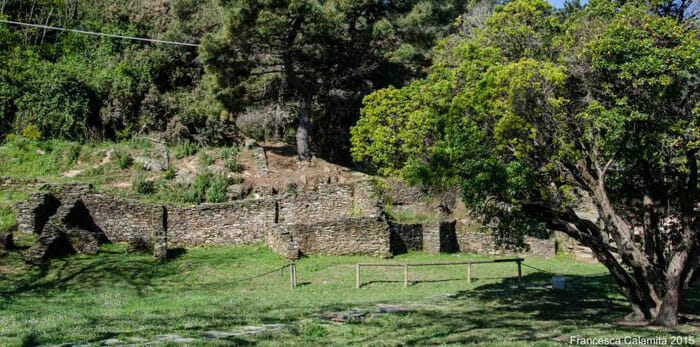Bocca di Magra is a small town in the province of La Spezia, located on the bank of the Magra River between the Gulf of Poets and Tuscany’s northern border. The surrounding valley – called Val di Magra – was at the heart of the ancient region of Lunigiana.

This is a traditional fishing village: just go to the pier and you can buy fresh fish from the anglers who have just returned from the sea.
You can rent a boat in one of Bocca di Magra’s small marinas, and set out to explore hidden coves and beaches, such as Punta Bianca and Punta Corvo.

You can reach Bocca di Magra comfortably and panoramically from the sea, on a yacht or boat from Portovenere, Lerici and Cinque Terre. Otherwise, a coastal road passing though Lerici also allows you to enjoy amazing views of the eastern Ligurian Riviera.
Among the local artistic and historical heritage sites are the ruins of a beautiful ancient villa, which was built between the end of the I century B.C. and the IV century A.D. The villa featured an interesting architectural complex, positioned on rocky terraces that sloped down toward the sea.

Bocca di Magra gained attention after the First World War, when many writers and intellectuals chose it as a destination where they could meet and relax. Among them: poet Eugenio Montale, book publisher Giulio Einaudi, novelist Cesare Pavese, and French playwright Marguerite Duras.
The lovely setting of Bocca di Magra, surrounded by the river, the sea, the Apuan Alps and pristine nature – is what attracted the artists in the first place, and what still fascinates most visitors. In the woods that surround the area, you can easily spot grouses, foxes and eatable mushrooms.
Thanks to its natural and historic heritage, the village is part of the Cultural Park of the Val di Magra and the Land of Luni.